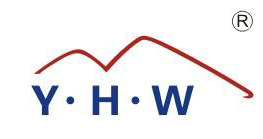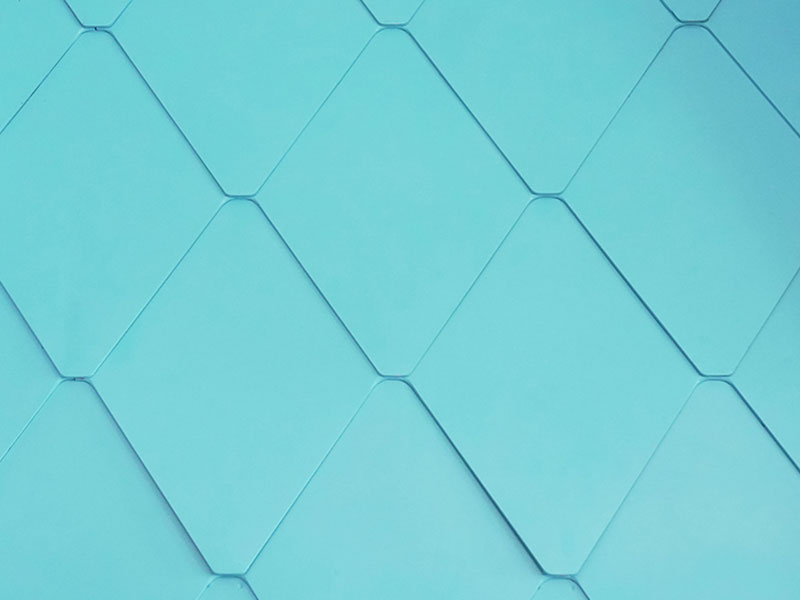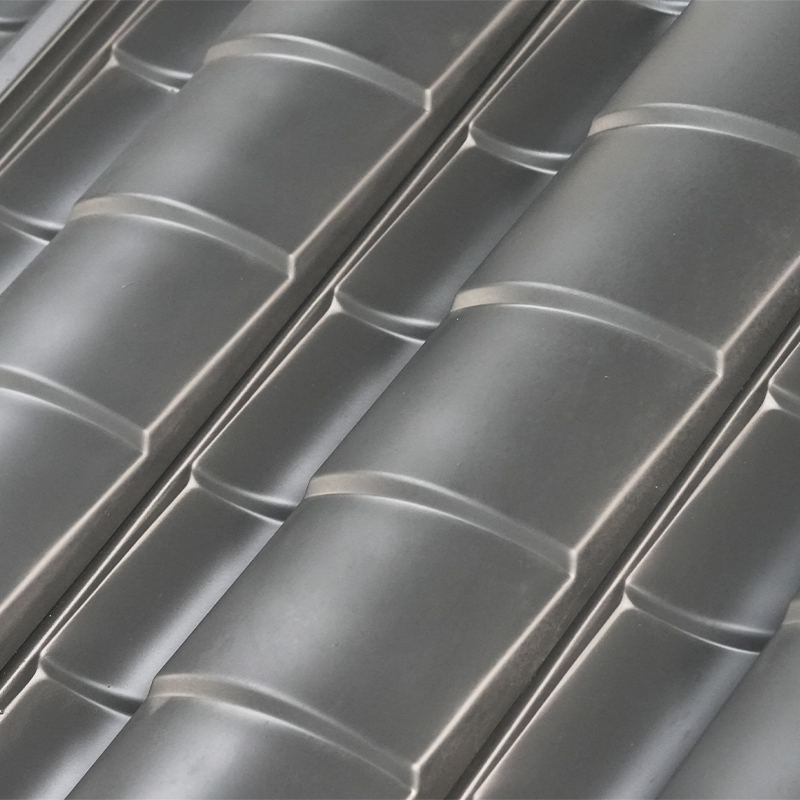Modern roofing must deliver a harmonious combination of strength, visual appeal, environmental adaptability, and long-term value. Among the many innovative materials available today, square flat aluminium roof tiles have gained significant attention for their ability to meet—and often exceed—these expectations. With a design rooted in practicality and aesthetics, these tiles offer a refined solution for a broad spectrum of projects, from sleek residential developments to complex commercial and industrial structures.
Exceptional Durability Through Advanced Material Engineering
The core strength of square flat aluminium tiles lies in their material composition. Aluminium, a lightweight yet strong metal, provides an excellent foundation for a roofing product that can withstand heavy external pressures without deformation. These tiles are engineered using high-strength aluminium alloys that demonstrate exceptional resistance to bending, cracking, and environmental degradation. Their structural resilience means they perform well under a range of climatic conditions, including intense sunlight, rain, snow, and wind.
Unlike traditional materials that are prone to rust, decay, or mold, aluminium is naturally corrosion-resistant, making it a fitting option for coastal regions or areas with high humidity. The tiles' resistance to folding and aging ensures they retain their form and function for decades, significantly reducing the frequency and cost of repairs or replacements over time.
Efficient Installation with Uniform and Precise Design
Construction efficiency is a key priority in modern building practices, and square flat aluminium roof tiles contribute directly to this goal. The uniform shape and flat profile of each tile simplify the alignment and fitting process during installation. Their precision-manufactured dimensions ensure seamless interlocking and reduce gaps, thereby minimizing material waste and installation errors.
Moreover, their lightweight nature allows for easier handling and transport, reducing the physical strain on workers and the need for heavy equipment. As a result, installation time is notably shortened, and labor costs are reduced. For large-scale projects or those under tight deadlines, this can be a decisive advantage.
Space-Saving Characteristics and Structural Advantages
One of the distinguishing features of square flat aluminium tiles is their thin yet structurally sound construction. While some roofing materials may add bulk to the overall roof assembly, aluminium tiles maintain a low profile without compromising durability. This space-saving benefit is particularly advantageous in modern architectural designs that emphasize clean lines and minimalistic profiles.
In multi-level buildings or projects with complex roof geometries, the compact design of aluminium tiles allows for more flexibility in structural planning. The reduced load on the roof support system can also lead to cost savings in foundational materials and reinforce the overall structural stability of the building.

Aesthetic Flexibility and Long-Lasting Visual Appeal
Functionality alone is not enough in today’s architecture—appearance matters. Square flat aluminium tiles deliver a contemporary and refined look that aligns with modern architectural trends. The flat surface and angular geometry create a sleek and streamlined visual effect, suitable for both minimalist and more elaborate styles.
These tiles are available in a wide array of finishes and colors, many of which are achieved through advanced coating technologies such as powder coating or anodizing. These coatings not only expand design possibilities but also enhance UV resistance and prevent fading over time. This means that the vibrant or neutral tones chosen during installation will remain consistent throughout the product's life span, preserving the building’s visual integrity for years.
Economic Benefits Beyond Initial Cost
While aluminium tiles may come with a higher initial price tag compared to some basic roofing materials, they offer substantial long-term economic benefits. Their durability translates to fewer maintenance interventions and replacements, while their efficient installation process reduces labor time and associated costs.
In addition, their energy-reflective properties can contribute to improved thermal performance of the building, helping to regulate interior temperatures and reduce reliance on heating and cooling systems. This not only results in energy savings but also aligns with sustainable building practices—an increasingly important consideration in modern construction.
Environmentally Friendly and Sustainable Choice
Sustainability is no longer a trend but a necessity. Aluminium is one of the most recyclable materials in the construction industry, and many square flat aluminium tiles are made from recycled content. Even after their service life ends, these tiles can be fully recycled without loss of material quality, contributing to a circular economy and reducing environmental impact.
Furthermore, the long lifespan and low maintenance requirements of aluminium tiles reduce the need for replacement materials and minimize waste over time. For builders and developers aiming to meet green building certifications or reduce carbon footprints, aluminium tiles offer a responsible and future-oriented choice.
Square flat aluminium roof tiles are more than just a roofing material—they are a modern solution that bridges aesthetics, performance, and sustainability. Their strong and durable composition, combined with space-saving efficiency, quick installation, and stylish appearance, makes them an ideal choice for forward-thinking architects, developers, and property owners.
As the demand for roofing materials that perform across functional and visual dimensions continues to grow, square flat aluminium tiles stand out as a smart, versatile, and future-proof investment in modern construction. Whether the goal is architectural excellence, operational efficiency, or long-term reliability, these tiles provide a roofing solution that truly elevates the standards of contemporary design.




 English
English русский
русский Español
Español عربى
عربى















